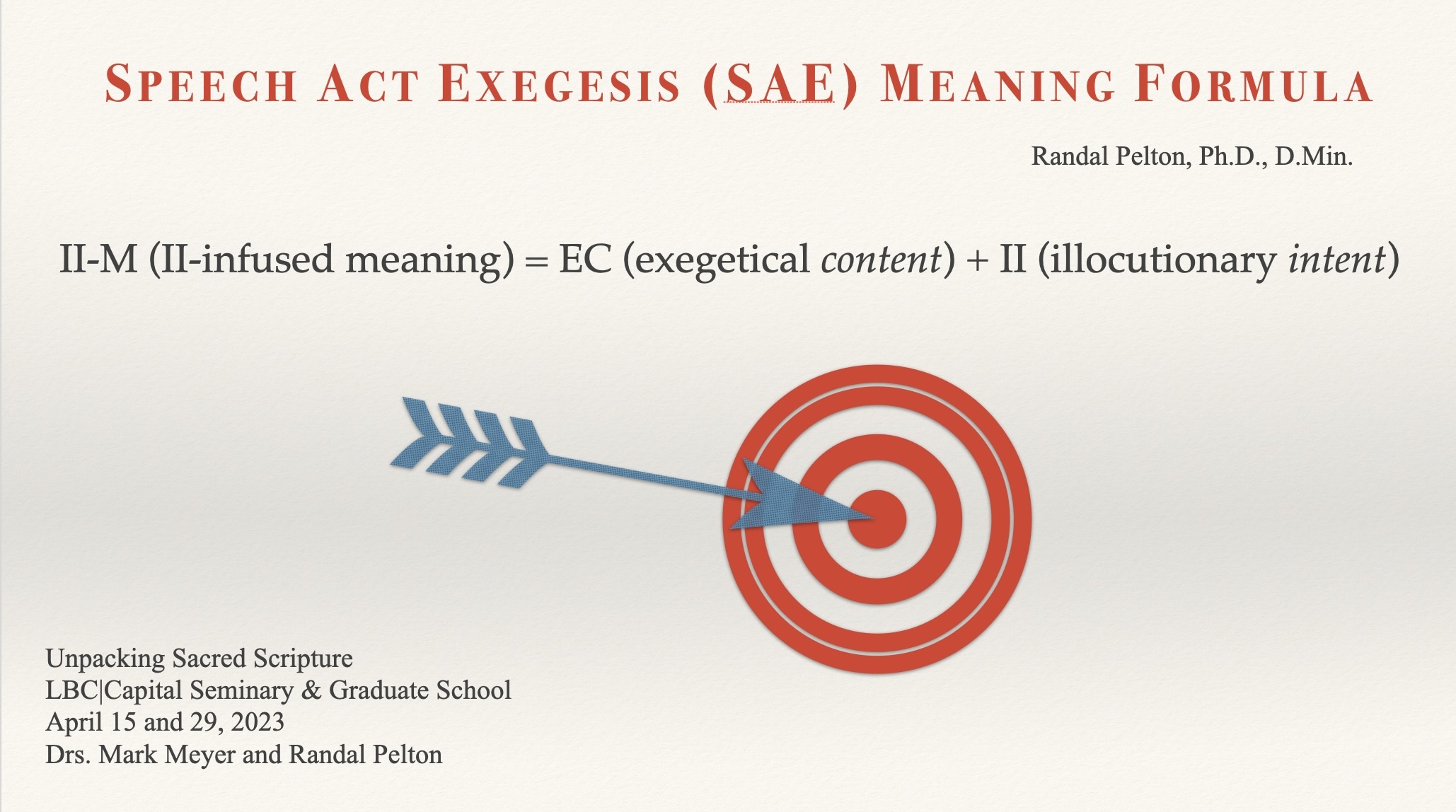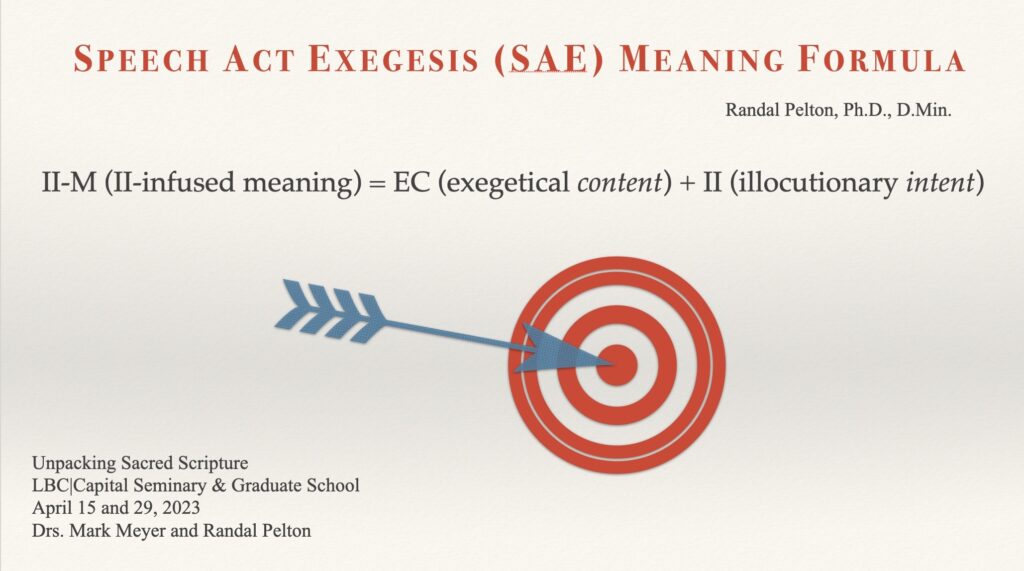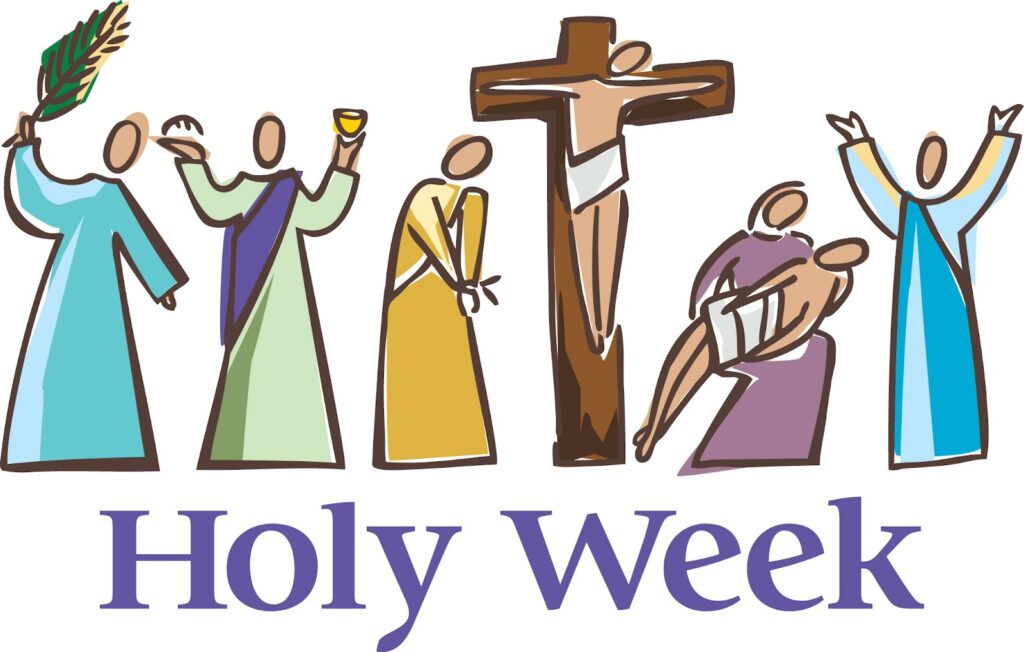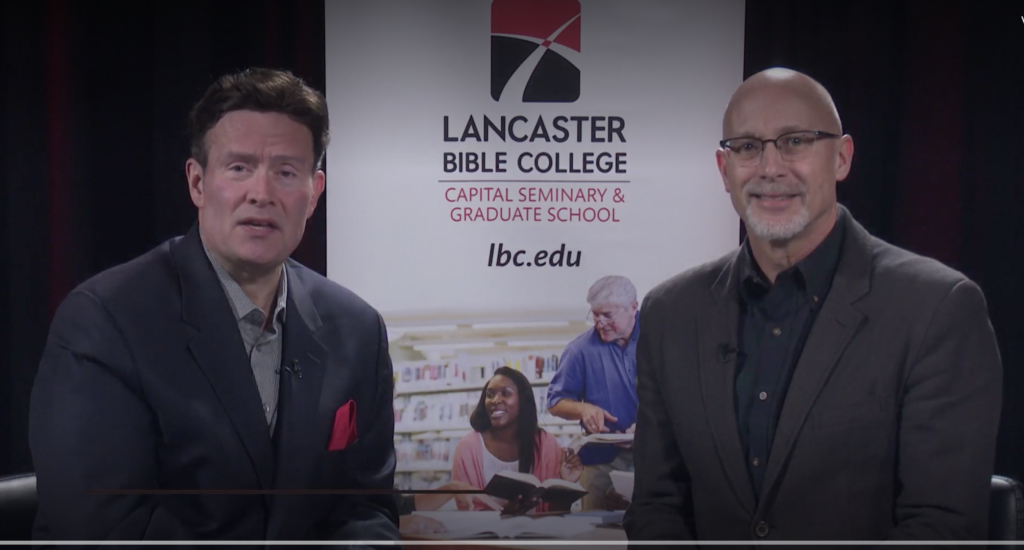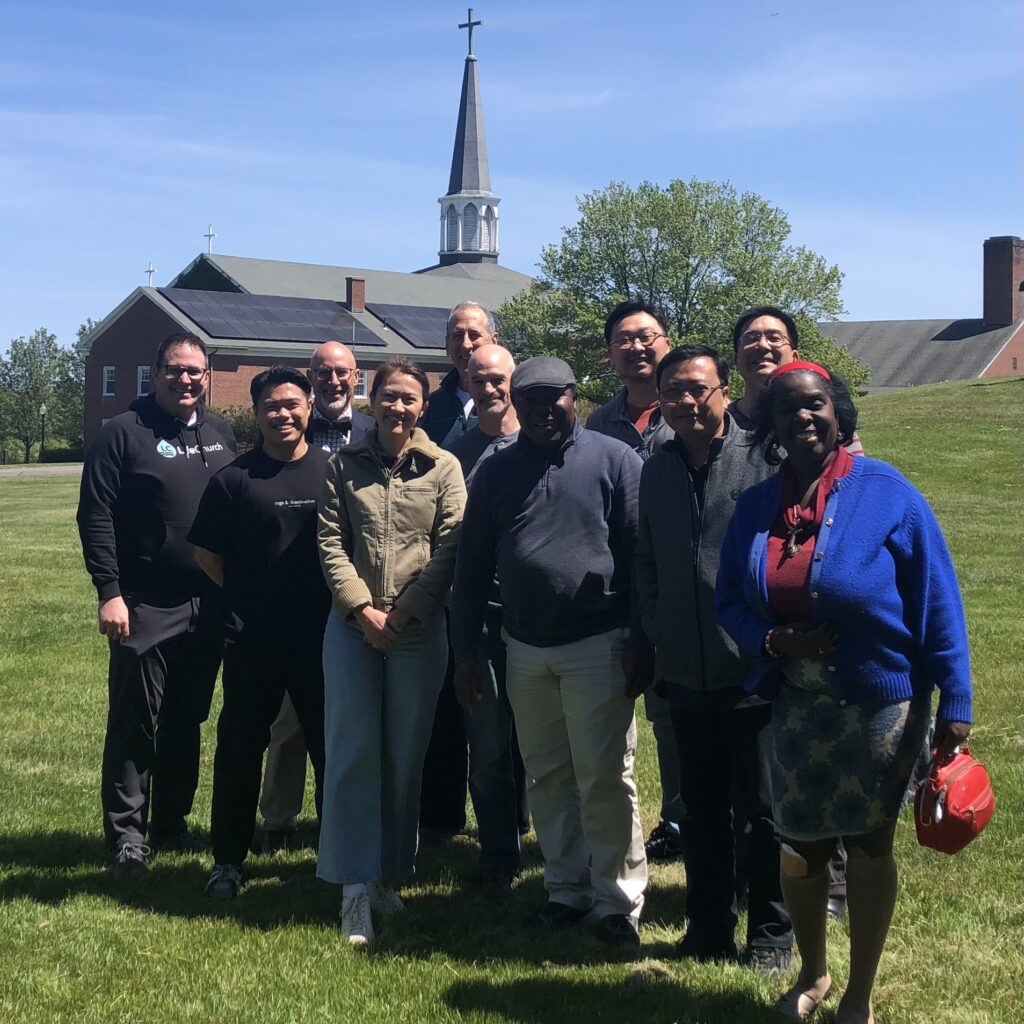
Such a privilege to spend time in God’s Word with these colleagues
from all over the world!
I have enjoyed the privilege of teaching students from all over the world in Gordon-Conwell Theological Seminary’s Doctor of Ministry program. One of the great things about being with them is to hear their perspective on the status of preaching.
This morning, a student from Jakarta, Indonesia said to us that some pastors tell him that he should not preach expository sermons from the Bible. Instead, the people will listen better if he tells stories from his own experience.
I knew such attitudes existed, but had never heard it put quite so clearly!
The other thing I hear over and over again is that preachers will often announce their Scripture for the morning, but then preach a sermon that is different from that Scripture.
What we talked about is how sad it is that, in the first example, the listeners rule the method of preaching. In the second example, listeners don’t see anything wrong with a sermon not being anchored in the Biblical text.
And, if you’re quickly judging those pastors and listeners, please remember that the steady diet in American preaching is still topical preaching. The reason is because that’s what listeners are interested in (some interesting topic). And preachers know they need to have a relevant word on Sunday.
Anyway, I’m always so grateful to the Lord to spend time with students at this level talking about the power of the Gospel to change lives and how expository preaching fits into that equation.
May our Lord receive glory in the church and in Christ Jesus (Ephesians 3:21) as you unleash the power of the Gospel in your unique preaching and teaching setting.
Randal



